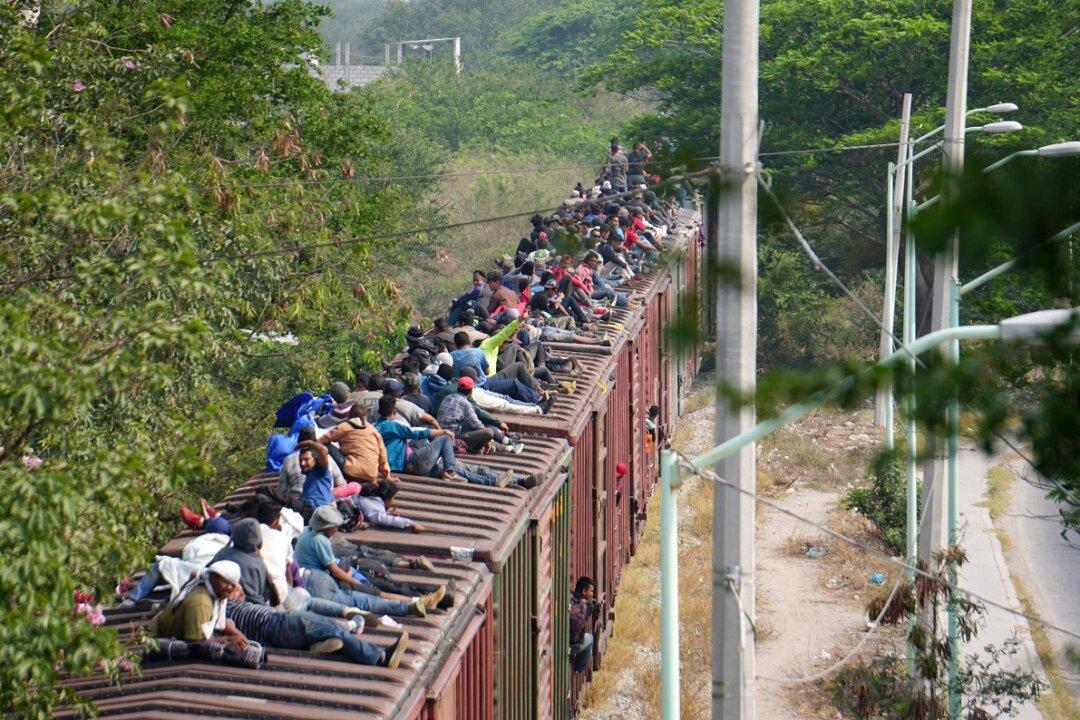A government watchdog says that several migrant caravans once headed to the United States contained hundreds of people with criminal records, including convictions of assault with a deadly weapon and murder.
Republican members of the House Oversight and Reform Committee made the claim in a June 20 letter citing “internal data and analyses from U.S. Customs and Border Protection (CBP) and U.S. Immigration and Customs Enforcement (ICE)” provided by the Department of Homeland Security (DHS) in May.





